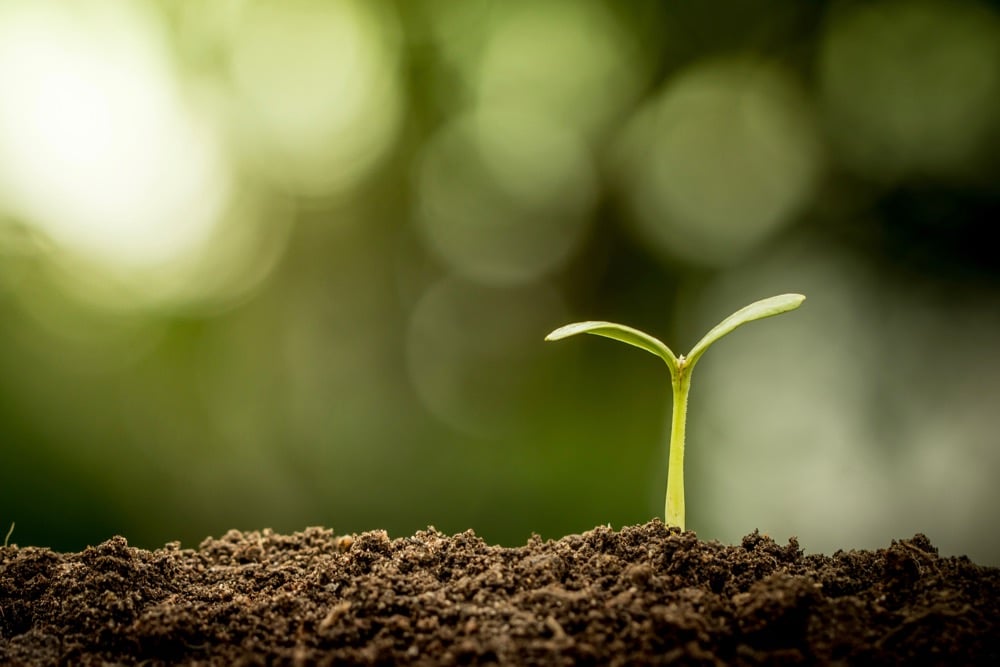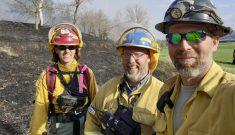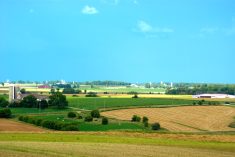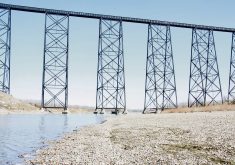Employing satellites in crop production is not new, but the Canadian Space Agency (CSA) thinks they could be put to better use.
In a presentation given during the 2020 Farms.com Virtual Precision Agriculture Conference, Eric Laliberté, director general of space utilization for the CSA, says the agency is increasing efforts to connect with those in the agriculture sector. The purpose is to identify how satellite imagery could be practically applied for a wider range of tasks in food production.
Read Also

Ontario’s agri-food sector sets sights on future with Agri-Food 2050 initiative
The first-ever Agri Food 2050, a one-day industry event dedicated to envisioning the future of food and farming in Ontario,…
Why it matters: The CSA wants to help farmers use satellites to become more efficient, profitable and environmentally friendly — but in order to do so, it needs to know what problems farmers face, and what information they actually need.
Such efforts are an extension of work being done by the agency — and many international partners — focused on producing food in off-planet environments. Using satellite imagery to help farmers manage harsh conditions on earth as well as on other planets, he says, are mutually supportive goals.
Improving space (a.k.a. land) use
CSA initiatives, says Laliberté, fall within three main program areas — space capability development, cosmic exploration and space utilization. The latter point refers to improving how we operate within our immediate earth environment.
Laliberté describes seven ways satellites can be used to promote more efficient, profitable, and environmentally responsible food production:
- Assess soil and crop health
- Facilitate sustainable farmland management
- Maximize yields while reducing energy consumption
- Assess soil moisture and irrigation requirements
- Avoid input waste
- Forecast disease risk and precipitation
- Monitor crop growth and estimate productivity
Satellite imagery is already being used for a variety of tasks, such as weather predictions and the monitoring of “large events” such as oil spills and forest fires. Such work, Laliberté says, will continue to grow in importance as farmers face climate change and other globe-spanning challenges.
Farmers already use satellites in many of the aforementioned capacities. However, Laliberté says cost, a lack of confidence that data accurately reflects what’s happening in the field, plus general lack of awareness, are limitations.
“We need ground truthing. Space alone is not a solution. Its combining space and aerial and ground so you can trust the data,” he says.
Developing more effective computing algorithms – that is, artificial intelligence that can better process data and make accurate predictions – is critical in achieving the goal.
“It becomes a question of what needs to be measured – we need to know. I think it’s just a matter of time.”
Looking for input
In order to develop better analysis tools, the CSA and its partners need to have a better understanding of what farmers would find useful.
“The goal we seek is to collect data [that’s] required to support decision making, and ensure that information is available,” says Laliberté, later adding the CSA must ensure it’s “not building a satellite for the purpose of building a satellite.
“Space can definitely be part of agricultural innovation. We will invest in innovative ways to use space. We need to understand your needs and you need to understand the capabilities. Don’t be strangers. Let us know your challenges so we can feed the passengers on humanity’s spacecraft.”
Laliberté says members of the agriculture sector can always communicate with the CSA through the agency’s direct contact channels (phone and email), as well as through events such as the conference hosting his presentation. He also reiterates communication is possible via Agriculture Agri-Food Canada, since the agency and ministry are working together in a variety of capacities.















